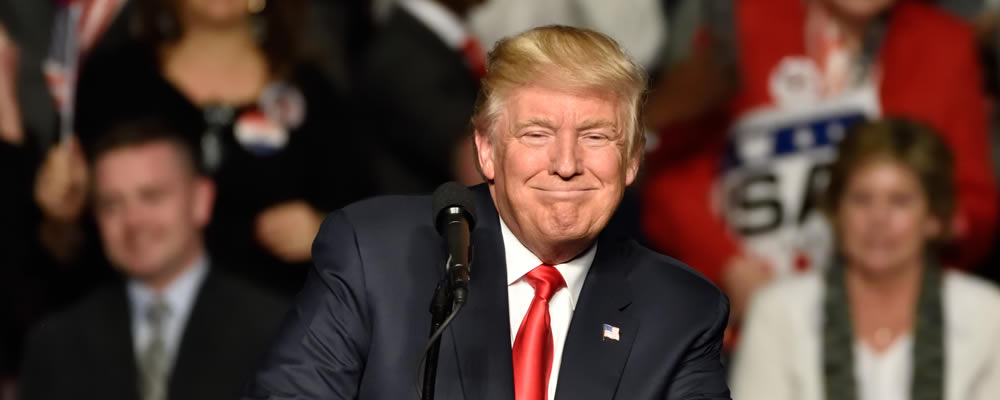Bloc Private Sector Posts Strong Performance, EUR/USD Exchange Rate Fails to Capitalise
The Euro US Dollar (EUR/USD) exchange rate extended its fall on Monday, failing to capitalise on the robust performance of the bloc’s private sector and still sitting firmly under the thumb of Friday’s extraordinary US employment readings.
Businesses in the Eurozone began 2018 in their best shape in over a decade, with IHS Markit’s final Purchasing Managers’ Index (PMI) reading for January printing at 58.8, up from December’s 58.1 and beating the flash estimate of 58.6.
This is the highest reading since June 2006 and well above the 50-point mark that divides expansion from contraction, with robust job creation and increasing backlogs of work driving business optimism higher and higher.
Bert Colijn shared his thoughts on the readings:
‘The optimism reflects the strong economic upturn that the Eurozone is experiencing, which continues to be broad-based and is set to continue in the months ahead. Backlogs of work are increasing, job creation is historically very strong and new orders continue to pour in. This makes for a rosy growth outlook’.
This news helps justify European Central Bank (ECB) policymaker plans to halt the bank’s quantitative easing (QE) programme – with QE expected to end completely by the end of the year – though it proved ineffective in slowing the US Dollar’s rally.
Jerome Powell Takes Over as US Fed Chairman, USD Exchange Rates Continue Rally
The US Dollar (USD) extended its rally on Monday, continuing to benefit from Friday’s run of robust employment figures but also gaining on fresh comments from previous Fed Chairman Janet Yellen, who waxed optimistic about the state of the US economy.
Yellen asserted that solid economic growth, rising wages and a tightening labour market means that the US central bank will likely continue its process of gradually raising interest rates.
Yellen stated:
‘The economy is growing at a healthy, solid pace. The job market is strong and inflation is low… The Federal Reserve has been on a path of gradual rate increases, and if conditions continue as they have been, that process is likely to continue, and as it does we would expect long rates to move up’.
Markets currently hope that this optimism will continue now that the guard has changed, as it were, with Jerome Powell having taken position as Chairman.
Powell is largely expected to continue with a similar stance to Yellen, hence the market reaction to such a dramatic shift in leadership has, thus far, been muted.
Nonetheless, Powell could soon be tested as the markets look for guidance on the recent sweeping tax reforms, with optimism on the tax package liable to send the ‘Greenback’ higher and pessimism liable to give the EUR/USD exchange rate some room to breathe.
EUR/USD Exchange Rate Forecast: ECB Policy Commentary Liable to Cause volatility
ECB President Mario Draghi is due to give a speech in Strasberg today, with markets keen to assess any statements made regarding the ECB’s QE program.
If Draghi talks down the prospect of cutting the ECB’s QE scheme then the Euro could encounter some difficulties.
Conversely, any optimism, particularly on the back of such a robust performance in the bloc’s private sector, will be seen as a sign that the central bank is on track to end its QE program as originally scheduled.
With inflation in the bloc remaining so low the market focus will likely remain on this aspect of monetary policy.
Looking ahead, markets will also assess America’s imminent ISM non-manufacturing/services composite reading for January, as well as the US trade balance, due Tuesday and comments from various Fed policymakers spread throughout the week.
Similar to Yellen, it is quite possible that many of these speakers will espouse upbeat perspectives on the US economy and indeed point to hawkish action for the policy decision in March – sentiment that could continue to put the EUR/USD exchange rate under pressure.



